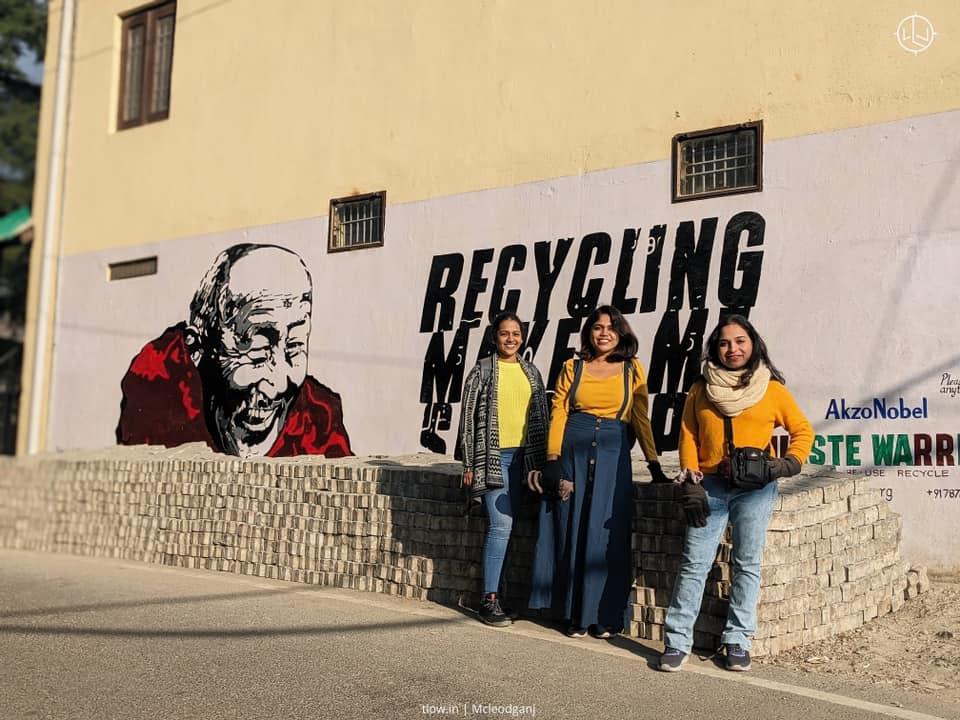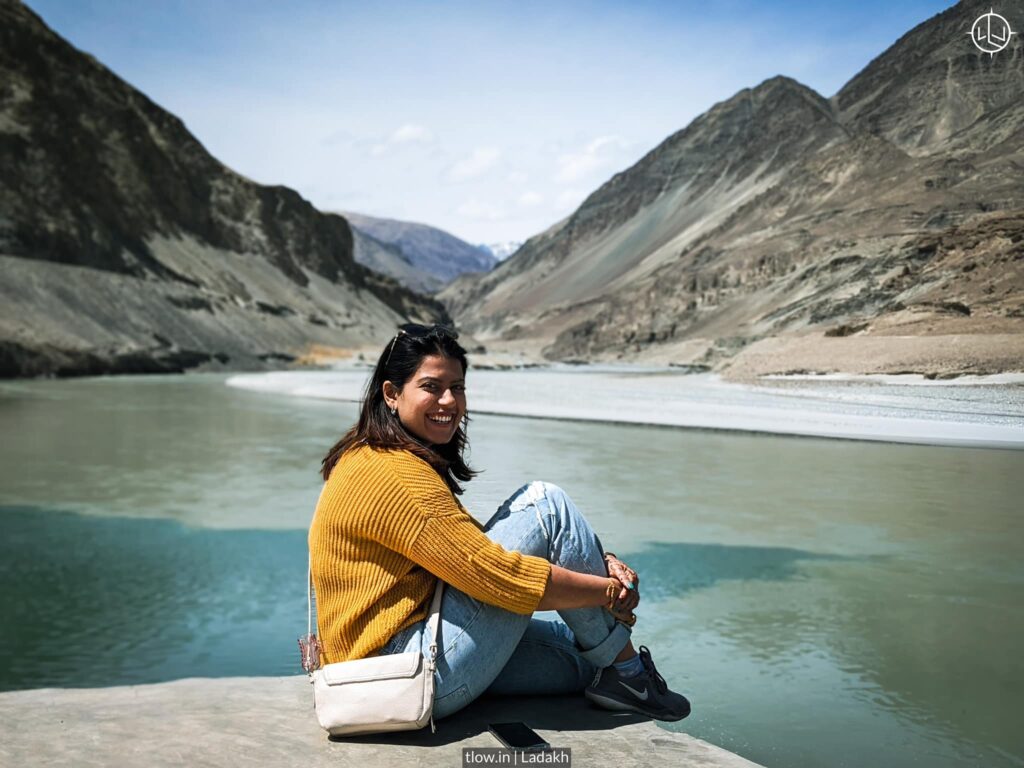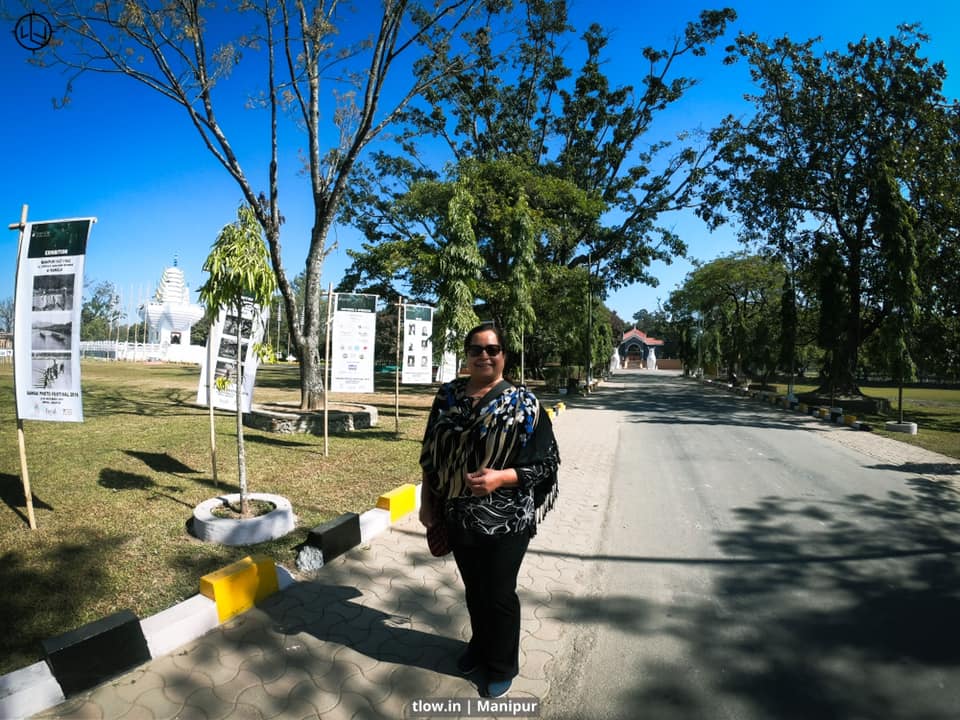
14 reasons sunscreen is important while travelling across India
Using sunscreen while traveling is crucial to protect your skin from harmful UV rays, regardless of your destination. Here are some important tips to keep in mind when using them while traveling:
Table of Contents
1. Choose the Right Sunscreen:
Select a broad-spectrum with a high SPF (Sun Protection Factor) of at least 30. Broad-spectrum sunscreens protect against both UVA and UVB rays.
Opt for travel-sized bottles or packs, especially if you’re traveling with carry-on luggage only. These smaller sizes will comply with TSA regulations and allow you to easily carry them in your bag.

2. Apply Sunscreen before Sun Exposure:
It is recommended to apply sunscreen at least 15-30 minutes before going out in the sun. This gives it enough time to absorb into your skin and provide effective protection.
For the TLOW backpacking experience click on this link
3. Reapply Frequently:
Reapply it every two hours, especially if you are swimming, sweating, or towel-drying. Even “water-resistant” or “waterproof” sunscreens can wash off with prolonged exposure to water or excessive sweating.
4. Cover All Exposed Areas:
Don’t forget to apply to all exposed areas of your body, including your face, neck, arms, legs, and ears. Consider using a lip balm with SPF to protect your lips as well.
5. Use Adequate Amount:
Use a generous amount of it to ensure proper coverage. Aim for at least one ounce (about a shot glass full) to cover your entire body.

6. Pay Attention to High-Risk Areas:
Certain areas of your body, such as your nose, shoulders, and the tops of your feet, are prone to sunburn. Make sure you apply it generously to these areas.
7. Seek Shade During Peak Hours:
If possible, avoid direct sun exposure during the peak hours of 10 am to 4 pm when the sun’s rays are the strongest. Seek shade or use protective measures like hats, sunglasses, and clothing to further shield yourself from the sun.
8. Check Expiration Dates:
The effectiveness can degrade over time, so ensure your sunscreen has not expired. Typically, it has a shelf life of about three years.

9. Be Mindful of Air Travel Restrictions:
If you’re traveling by plane, be aware of TSA regulations regarding carry-on liquids. Make sure your sunscreen complies with these rules or pack it in your checked-in luggage.
Some travel destinations may have specific regulations or restrictions on the ingredients. For example, some places ban sunscreens containing oxybenzone or octinoxate due to their potential impact on coral reefs. Research the local regulations beforehand or consider using reef-safe ones to protect the environment.
10. Carry a Portable Sunscreen Stick:
Sunscreen sticks are easy to apply and are mess-free. They can be particularly handy when traveling, as they can be easily slipped into your pocket or carry-on bag for quick reapplication on-the-go.
11. Pack in a Sealable Bag:
To prevent any accidental leaks or spills, place your bottles in a sealable bag. This will help contain any mess and protect your other items from getting them all over them.

12. Consider Specific Activities:
If you’re engaging in water activities like swimming, snorkeling, or water sports, use a waterproof or water-resistant one. These formulas tend to stay on the skin longer and are more resistant to washing off in the water.
13. Protect Your Sunscreen from Extreme Temperatures:
High temperatures can cause them to degrade, lose its effectiveness, or even leak. Keep your sunscreen in a cool and shaded place, away from direct sunlight or excessive heat.
14. Be Sun-Smart:
While it is essential, it should not be your sole method of sun protection. Wear protective clothing, such as lightweight, long-sleeved shirts, hats, and sunglasses, to further shield yourself from the sun’s harmful UV rays.
Remember, even if the weather seems cloudy or you’re traveling to cooler destinations, UV rays can still penetrate through clouds and cause skin damage. So, using sunscreen regardless of the weather is important for maintaining healthy skin while traveling.











